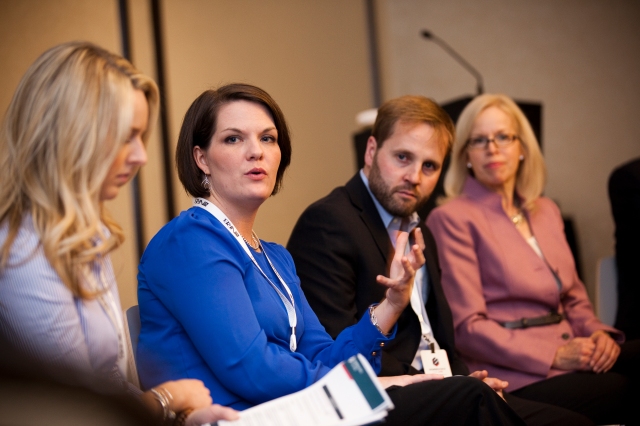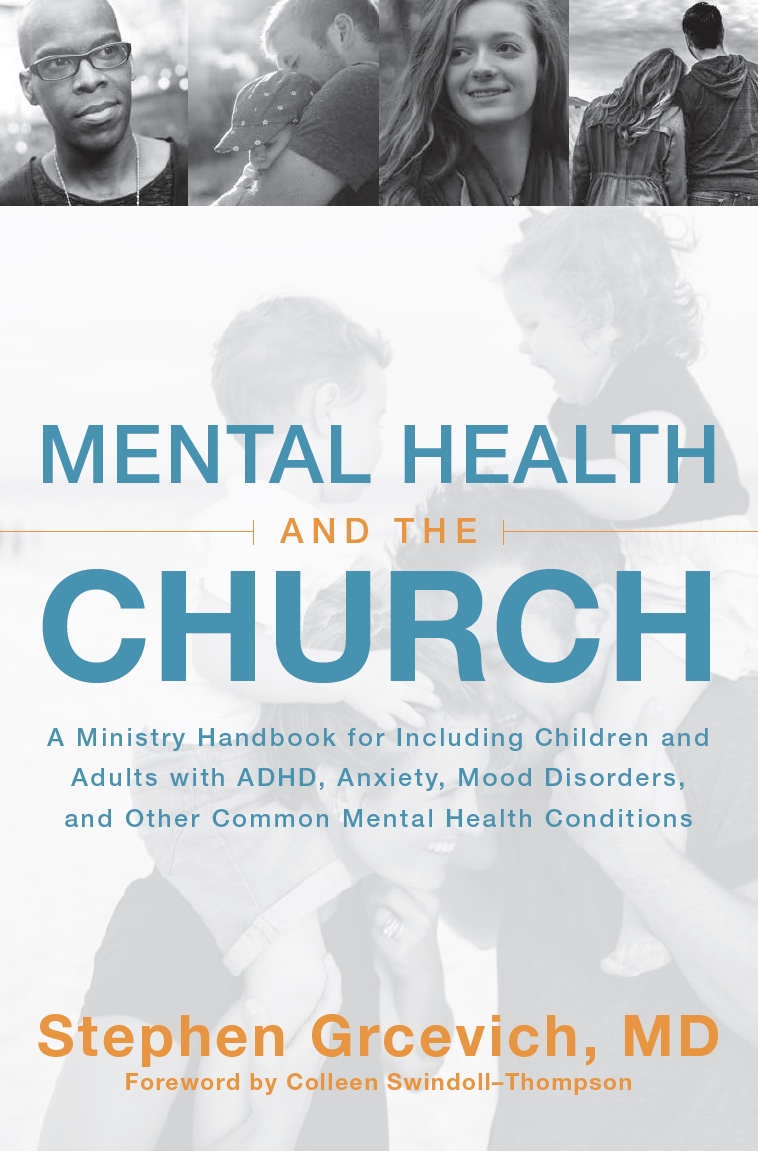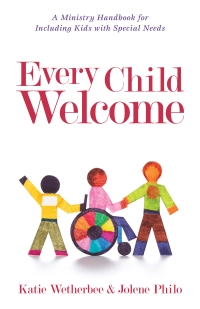 Every time I speak, I bring handouts. I joke that I’m like I’m Charlie Brown’s friend Linus who carries his blanket as a security item; for me, it’s a packet of helpful tools. Knowing most special needs ministry leaders never attend a conference, though, I’ve decided to freely offer what I can. After all, our desire at Key Ministry is to equip churches to welcome families like mine! If these statistics can help more churches offer their first yes, then I’m glad to help.
Every time I speak, I bring handouts. I joke that I’m like I’m Charlie Brown’s friend Linus who carries his blanket as a security item; for me, it’s a packet of helpful tools. Knowing most special needs ministry leaders never attend a conference, though, I’ve decided to freely offer what I can. After all, our desire at Key Ministry is to equip churches to welcome families like mine! If these statistics can help more churches offer their first yes, then I’m glad to help.
In today’s post, I want to share some general statistics about people with disabilities and mental illness. (Meanwhile, I’ll share about the participation of those individuals and their families in faith communities in my next post, and then I’ll share research pertaining to the intersection between disability and adoption in the final post.) As you read these, as yourself these questions?
- Does our church represent these figures?
- If not, what can we do to become a more welcoming place?
- If so, what can we do to step up what we’re doing to fill the gap of other churches in our area who aren’t welcoming yet, so that all families might have the opportunity to engage in church community?
 Now let’s look at the facts! If I’ve left out one you find compelling, please add it in the comments, and we’ll edit this piece so it can be a growing, collaborative tool for all of us!
Now let’s look at the facts! If I’ve left out one you find compelling, please add it in the comments, and we’ll edit this piece so it can be a growing, collaborative tool for all of us!
For families and children in the general population,
- Nearly one in six children has a developmental disability.[i]
- Approximately 1 in 68 children has an autism spectrum disorder.[ii]
- When a couple has a child with autism or ADHD, some research indicates that (a) the rate of divorce may be nearly twice as high and (b) the risk of divorce lasts longer into adolescence/adulthood as for other parents.[iii] This doesn’t hold true for other disabilities, though, with parents of children with Down syndrome, for example, having lower rates of divorce.[iv] (For more on this, see Steve’s post here.)
- Mothers of adolescent and adult children with autism have stress hormone levels similar to combat soldiers and Holocaust survivors.[v]
Based on US Census data from 2008[vi] [vii],
- 5% of the American population lives with a severe level of disability (38.3 million people, which is roughly the same number of people who live in California).
- 3 million people in the US (4.4% of the population over the age of 6) need assistance with everyday tasks due to their disabilities.
 According to the CDC[viii],
According to the CDC[viii],
- 1 in 5 adults (or over 53 million people) in the United States have a disability of one form or another, with state-level estimates ranging from 1 in 6 (16.4%; Minnesota) to nearly 1 in 3 (31.5%; Alabama).
- The two most common areas of disability for adults in the US are mobility (13.6% of adults impacted) and cognition (10.6% of adults affected).
According to the National Institute on Mental Health[ix],
- 1% of the U.S. adult population had a current mental illness diagnosis in 2014.
- One in five children either currently have or previously have had a seriously debilitating mental disorder. (If this seems high to you, please be mindful that the stigma around mental illness often silences families. In our experience, families often don’t tell church leaders about a child’s mental health diagnosis out of fear of judgment.)
The biggest takeaway for this post (and the other two to come) in this series?
Church, we have a great opportunity to show love! The need is great. Kids are hurting. Adults are too. Families are struggling. The first step in being able to help is understanding the need.
Jesus met people where they were, and so can we
Photo of Shannon Dingle courtesy of Chad Barlett, Ethics & Religious Liberty Commission
***********************************************************************************************************
[i] Boyle CA, Boulet S, Schieve LA, et al. Trends in the prevalence of developmental disabilities in US children, 1997-2008. Pediatrics. 2011. http://pediatrics.aappublications.org/content/early/2011/05/19/peds.2010-2989.abstract?sid=ab290d14-2d60-411d-bf0c-00bb150716aa#cited-by
[ii] Center for Disease Control and Prevention. Prevalence of Autism Spectrum Disorders — Autism and Developmental Disabilities Monitoring Network, 11 Sites, United States, 2010. http://www.cdc.gov/mmwr/preview/mmwrhtml/ss6302a1.htm?s_cid=ss6302a1_w
[iii] Wymbs, B. T. et al (2008). Rate and predictors of divorce among parents of youth with ADHD. Journal of Consulting and Clinical Psychology. 76(5); 735–744.
Hartley, S.L., Barker, E.T., Seltzer, M.M., Floyd, F., Greenberg, J., Orsmond, G., & Bolt, D. (2010). The relative risk and timing of divorce in families of children with an autism spectrum disorder. Journal of Family Psychology. 24(4); 449-57.
[iv] Urbano, R.C, and Hodapp, R.M. (2007). Divorce in families with Down syndrome: A population-based study. American Journal on Mental Retardation. 112(4); 261-274.
[v] Seltzer, M.M. et al. (2010). Maternal cortisol levels and behavior problems in adolescents and adults with ASD. Journal of Autism and Developmental Disorders. 40(4). 457-469.
[vi] Americans with Disabilities. U.S. Census Bureau, 2010: http://www.census.gov/prod/2012pubs/p70-131.pdf
[vii] Adopted Children and Stepchildren: 2010. U.S. Census Bureau. https://www.census.gov/prod/2014pubs/p20-572.pdf
[viii] http://www.cdc.gov/ncbddd/disabilityandhealth/infographic-disability-impacts-all.html accessed 2/1/2016
[ix] http://www.nimh.nih.gov/health/statistics/index.shtml accessed 2/1/2016





I’m so glad to see this post and that others are spreading the same message as I am trying to present. Thank you.
LikeLike
Pingback: What are the stats on disability and church? | Church4EveryChild